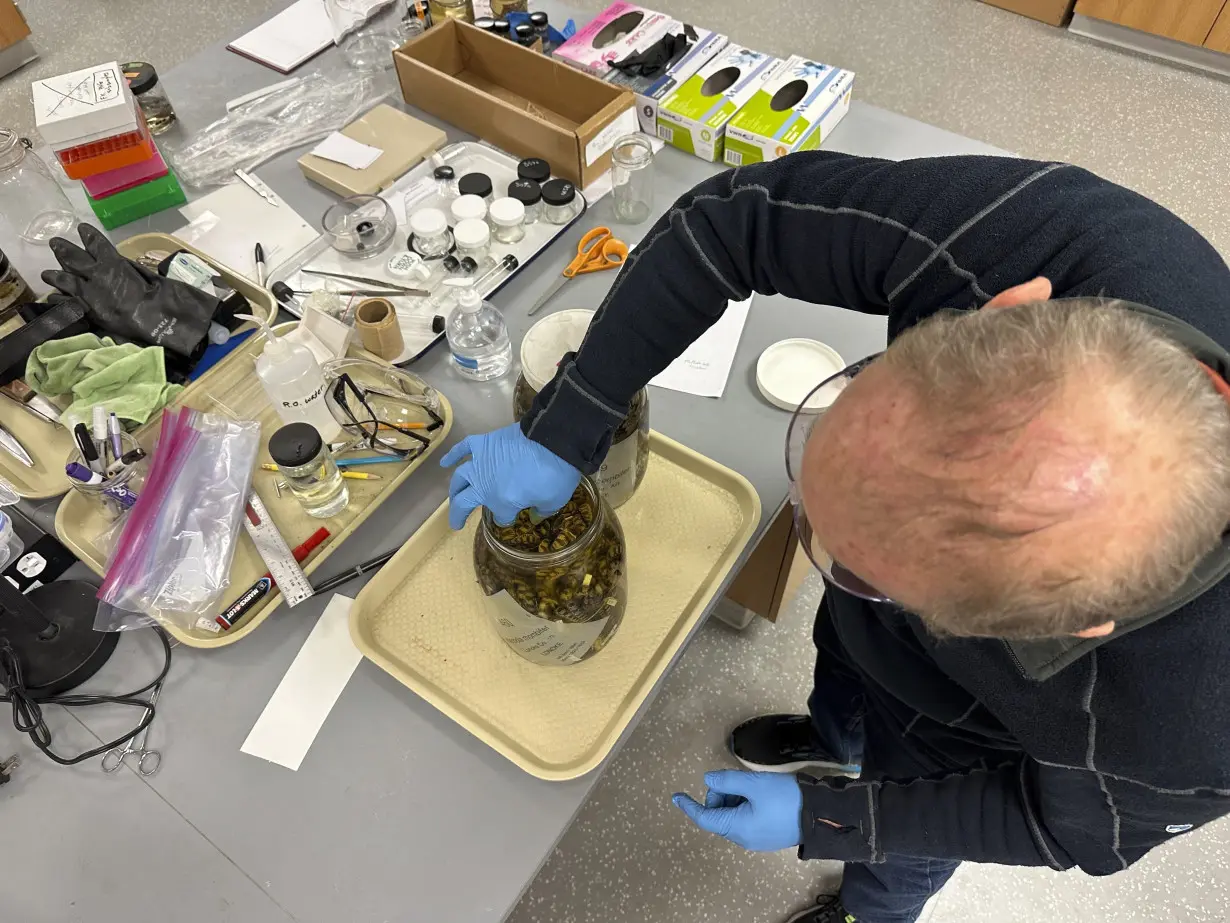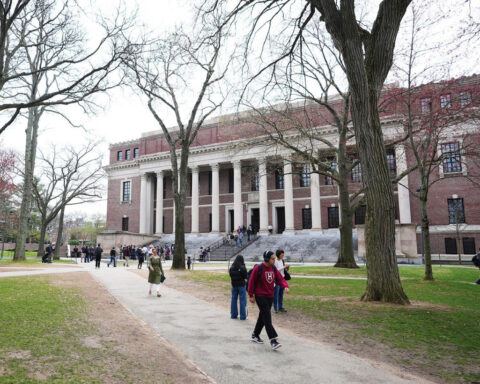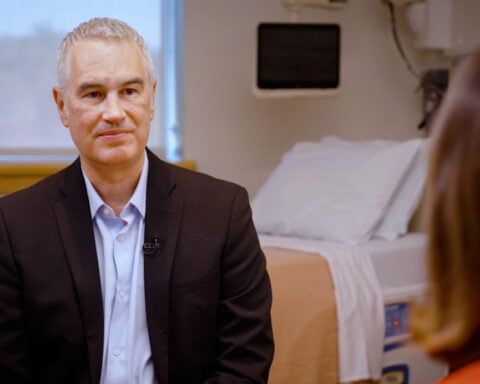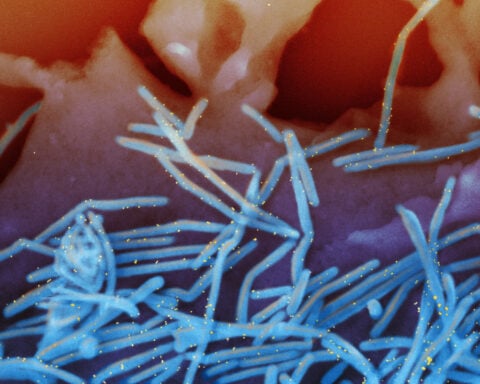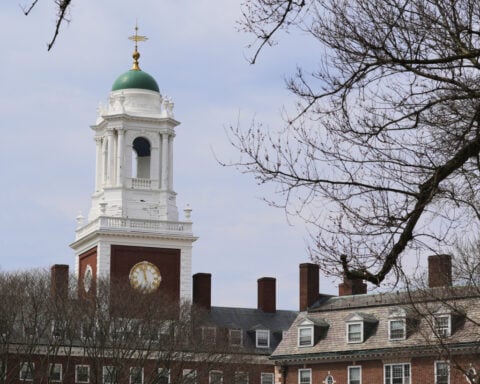ANN ARBOR, Mich. (AP) — Greg Schneider scans rows upon rows of liquid-filled glass jars containing coiled snake specimens, just a portion of the University of Michigan Museum of Zoology's reptile and amphibian collection believed to be the largest held by any research institution in the U.S. thanks to a recent donation.
The museum this fall acquired tens of thousands of reptile and amphibian specimens from Oregon State University, many of which are snakes. The development places the university in a unique position, according to Schneider, the research museum collections manager for the museum's division of reptiles and amphibians.
“I’m fairly confident we’ll have the largest snake collection in the world,” he said. The extensive new additions also will allow scientists to conduct new snake and amphibian research, perhaps looking at trait evolution in mothers and their offspring.

Numerous studies have been conducted in recent years about declining amphibian and reptile populations, Schneider said, noting they “are very good biological indicators of the health of the environment and ecosystems,” especially the amphibians.
“Amphibians, unlike people, breathe at least partly through their skin, which is constantly exposed to everything in their environment,” he said, adding that “the worldwide occurrences of amphibian declines and deformities could be an early warning that some of our ecosystems, even seemingly pristine ones, are seriously out of balance.”
Boxes containing water snakes, garter snakes, woodland salamanders, dusky salamanders and other species arrived last month. They were euthanized and ultimately placed in a solution that is 75% ethanol. The donations represent the lifetime work of two retired Oregon State professors, Lynne Houck and Stevan Arnold, who received a doctorate from Michigan in 1972.
Schneider has yet to complete the painstaking process of cataloging the new material, but estimates it contains around 30,000 snakes. He said that would give Michigan a total of between 65,000 to 70,000 of the slithering vertebrates, surpassing collections at the Smithsonian in Washington, the American Museum of Natural History in New York and the University of Kansas. Some of the specimens housed at the museum prior to the Oregon State donation predate the Civil War.
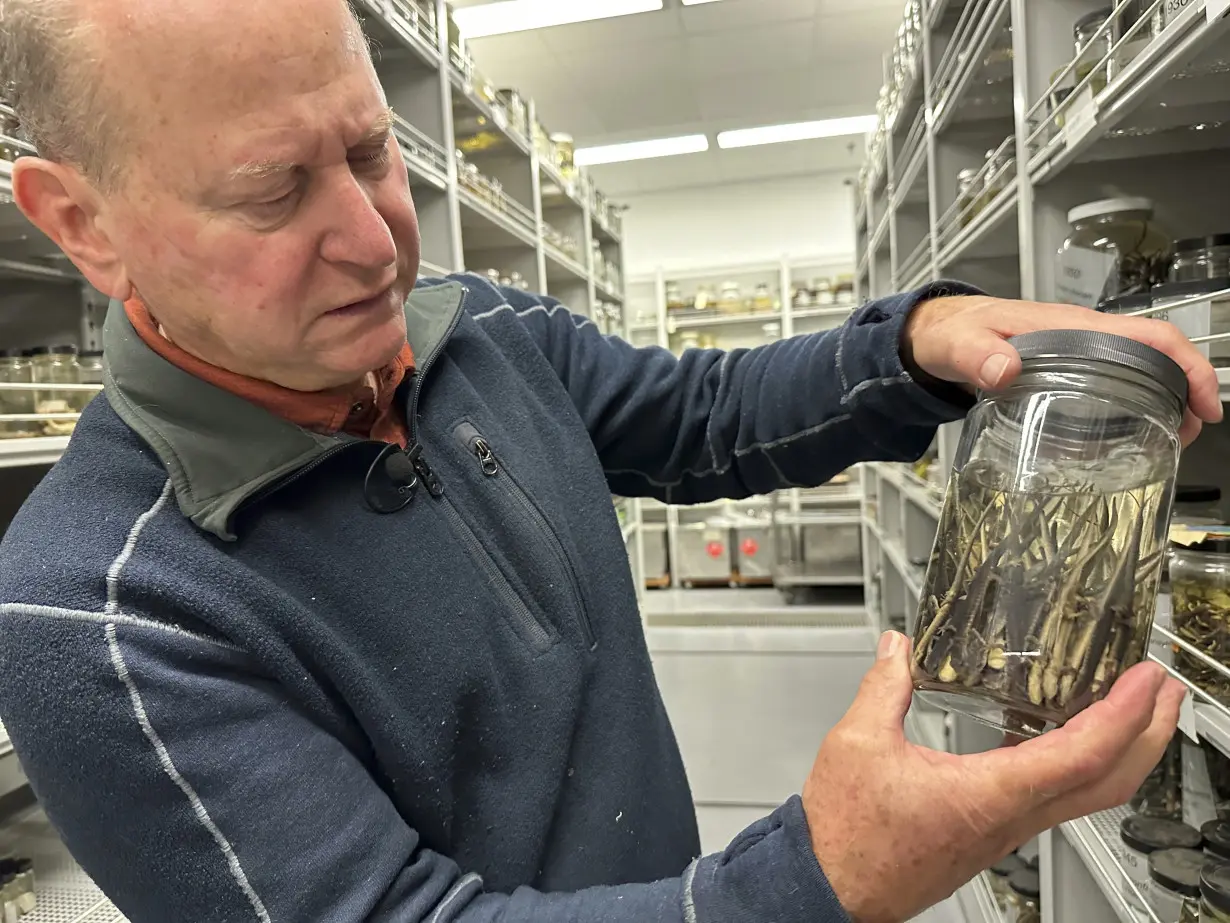
The "largest snake collection" title would be nice, but Schneider said the true promise of a big collection is new research opportunities.
“The more stuff you have and the more associated materials that you have, the more things you can do,” Schneider said.
The newly acquired Oregon State collection also includes about 30,000 associated frozen tissue samples. Along with advances in molecular genetics and more sophisticated DNA analyses, the samples will allow research that could result in a better understanding of inheritance, evolutionary relationships and “has huge applications in medicine,” said Hernán López-Fernández, an associate professor in Michigan's Department of Ecology and Evolutionary Biology.
A number of the newly acquired jars contain both snakes and litters of their newborns, which Michigan professor Dan Rabosky said “is very, very rare for museum collections and is incredibly powerful for research, because it lets researchers ask questions about genetics that would otherwise not be possible.”
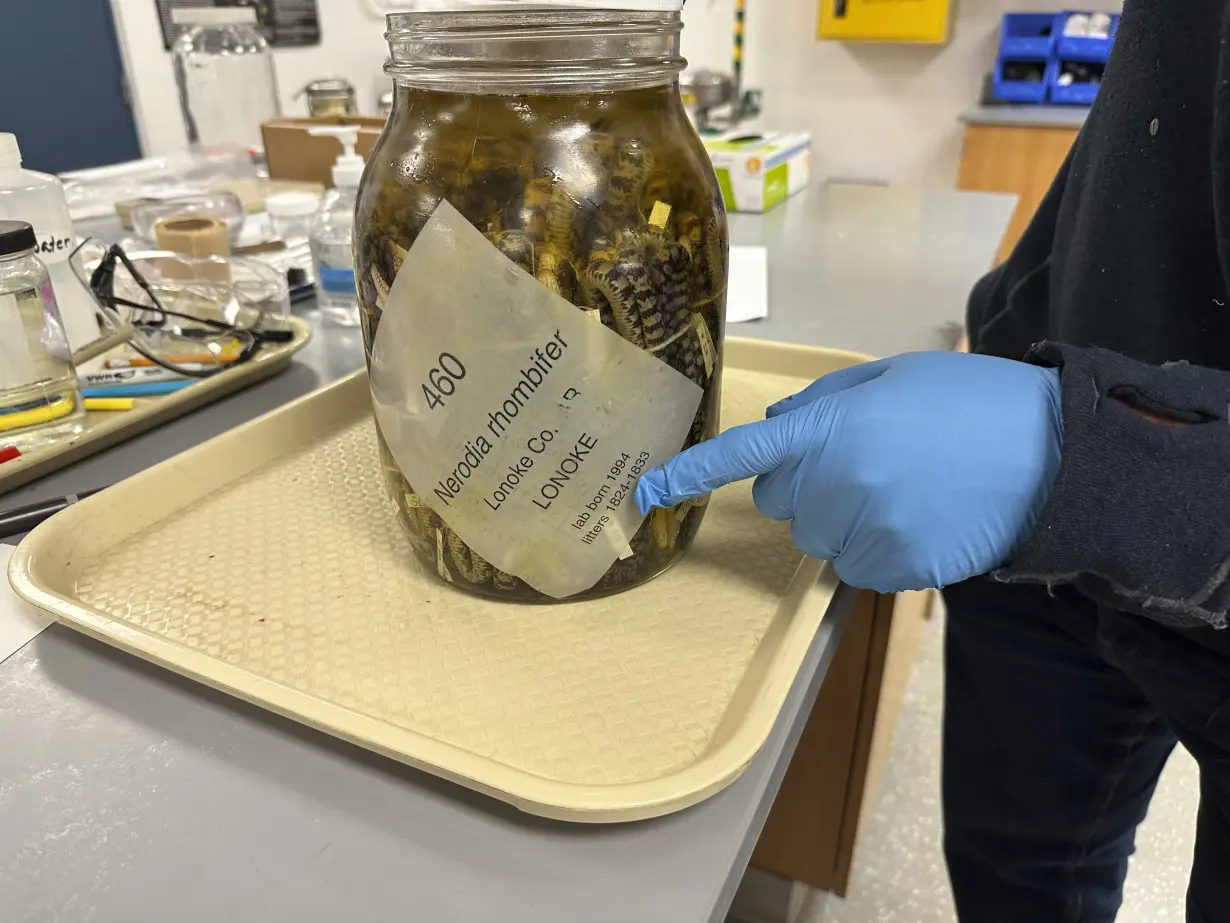
Despite the daunting task of organizing the new collection, Schneider said he and his colleagues have noticed renewed excitement in team members who staff the university’s 153,375-square-foot (14,249-square-meter) Research Museums Center, where the specimens are housed.
“Since these specimens arrived, people are very, very, very enthusiastic and supportive,” Schneider said. “And excited about the kinds of research that are going to be done with these collections.”

 Trump has begun another trade war. Here's a timeline of how we got here
Trump has begun another trade war. Here's a timeline of how we got here
 Canada's leader laments lost friendship with US in town that sheltered stranded Americans after 9/11
Canada's leader laments lost friendship with US in town that sheltered stranded Americans after 9/11
 Chinese EV giant BYD's fourth-quarter profit leaps 73%
Chinese EV giant BYD's fourth-quarter profit leaps 73%
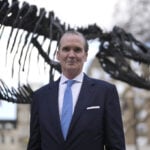 You're an American in another land? Prepare to talk about the why and how of Trump 2.0
You're an American in another land? Prepare to talk about the why and how of Trump 2.0
 Chalk talk: Star power, top teams and No. 5 seeds headline the women's March Madness Sweet 16
Chalk talk: Star power, top teams and No. 5 seeds headline the women's March Madness Sweet 16
 Purdue returns to Sweet 16 with 76-62 win over McNeese in March Madness
Purdue returns to Sweet 16 with 76-62 win over McNeese in March Madness
